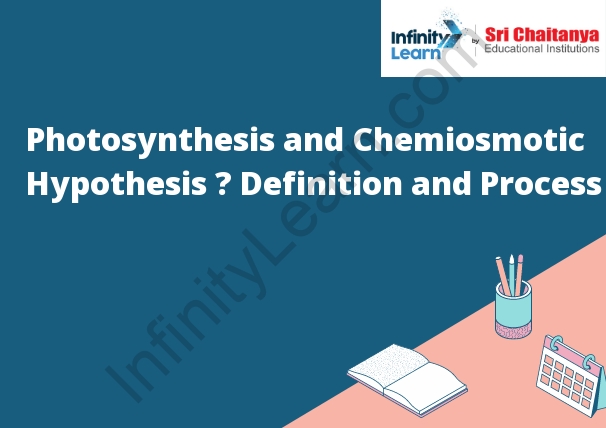Table of Contents
Chemiosmotic Hypothesis
The chemiosmotic hypothesis is a scientific theory that proposes that the energy used to create the proton gradient across the mitochondrial membrane is used to produce ATP. The chemiosmotic hypothesis was proposed by Peter Mitchell in 1961. The chemiosmotic hypothesis is a model that helps to explain how energy is transferred within cells. The model suggests that energy is transferred by means of a proton gradient that is created by the interaction of enzymes and ions. The proton gradient is then used to power the production of ATP, which is a molecule that provides energy to cells.

What is Photosynthesis?
Photosynthesis is the process that produces organic molecules from simple inorganic molecules from the sun’s energy. Chloroplasts in photosynthesis use light energy to convert carbon dioxide and water into glucose and oxygen gas. The glucose is used by the plant to create energy rich molecules such as starch and sucrose which are used for growth. Oxygen gas is a byproduct of photosynthesis and is released into the atmosphere.
What Happens During Photosynthesis?
In photosynthesis, light energy is converted into useful chemical energy in the form of glucose. This process occurs in the chloroplasts of photosynthetic cells.
The light energy liberates electrons from water molecules, which combine with CO 2 to form
O2 in photosynthesis.
Chemiosmotic Hypothesis: The Process of Respiration
The chemiosmotic hypothesis is a theory that explains the process of respiration. The theory states that respiration is driven by the transfer of energy from organic molecules to inorganic molecules. This energy is transferred through the creation of a proton gradient across a membrane. The proton gradient is created by the movement of protons through ATP synthase, a protein that is embedded in the membrane. The energy stored in the proton gradient is used to create ATP, the energy currency of the cell.






